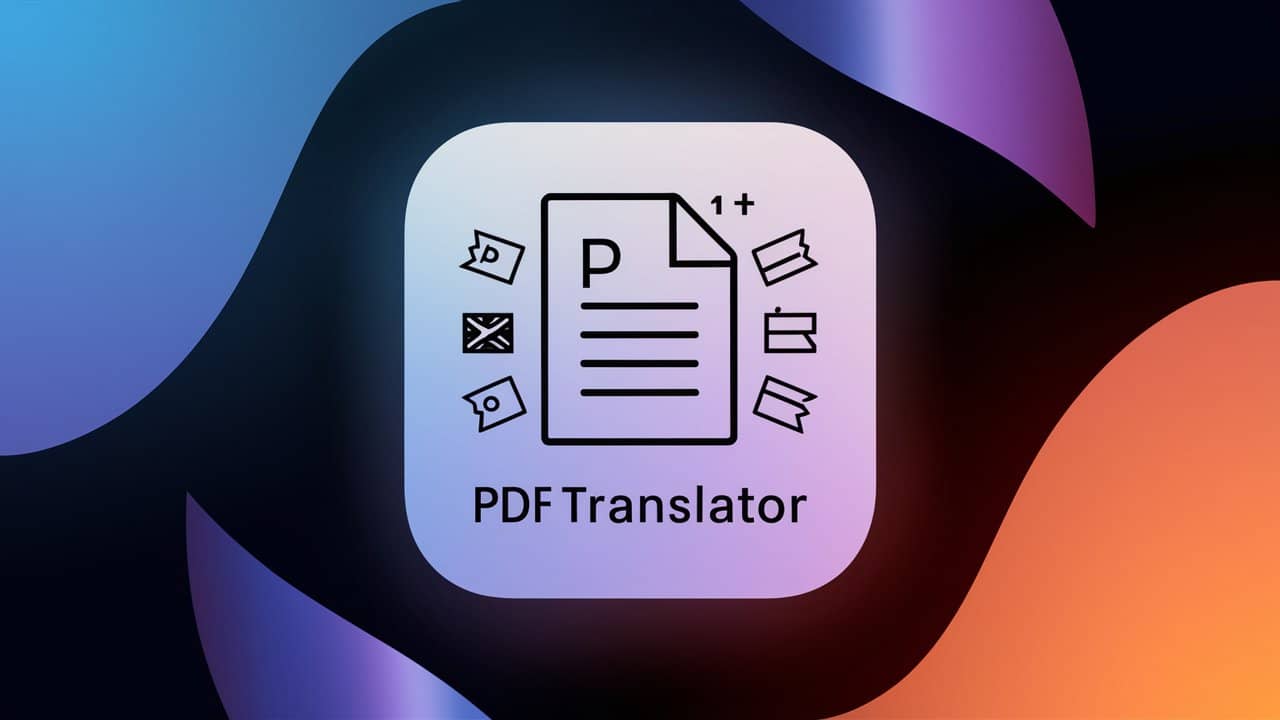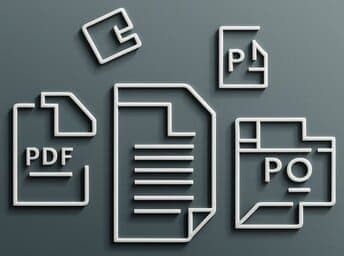Mastering PDF Translation: How AI Preserves Original Format and Layout

DL.Translator
Apr 13, 2025

Abstract
PDF (Portable Document Format) has become a standard due to its cross-platform visual fidelity; however, its fixed layout also presents significant challenges for the translation of PDF documents. Common difficulties include complex text extraction, layout disruption, and content corruption. This article provides an in-depth analysis of the root causes of these challenges and examines how new-generation AI translation solutions, such as DL.Translator, fundamentally overcome the difficulties of layout retention in PDF translation through intelligent layout reconstruction technologies.
The Core Challenge of PDF Translation: Why Is Layout Fidelity So Difficult to Achieve?
To effectively address the complexities of PDF translation, it is imperative to first understand the fundamental characteristics of the format. PDF was invented by Adobe with the primary aim of ensuring absolute consistency in visual presentation across all devices, rather than providing flexibility for content editing. It may be regarded as a digital 'snapshot' that precisely preserves the print layout. For more information, please refer to the official introduction to the PDF format or the relevant encyclopedia entry.
This design gives rise to several major challenges in the translation process:
- Fragmentation of text streams: In PDFs, text is frequently stored as discrete character blocks positioned at precise coordinates, rather than as a continuous text flow as we are accustomed to. This leads to frequent sequencing errors, word concatenation, or garbled PDF translation output when copying or extracting text directly.
- Disjunction between layout and content: Document layout and styles—such as tables, images, and fonts—are stored and rendered separately from the textual content. Traditional PDF translation tools crudely replace the text layer without understanding or reconstructing complex typographical relationships, resulting in complete formatting failure.
- OCR Barriers in Scanned PDFs: Scanned PDFs are fundamentally image files. Prior to translation, it is essential to convert them into machine-readable text using Optical Character Recognition (OCR) technology. This intermediate step is crucial to the final quality of scanned PDF translation.
AI Translation: A New Paradigm Based on Intelligent Layout Reconstruction
To address the challenges outlined above, a new AI translation paradigm leveraging intelligent layout analysis and reconstruction has emerged. A specialized document translation tool in this domain, DL.Translator, exemplifies the implementation of this technology. We have a thorough understanding of the challenges inherent in PDF translation: its core technology now extends beyond simple 'text replacement' to encompass intelligent layout analysis and reconstruction.
The DL.Translator engine is capable of intelligently analyzing the complex structure of PDF documents, accurately distinguishing among the content layer, image layer, and formatting layer. In addition to delivering high-quality neural network translation, it can reconstruct the original layout with near pixel-level accuracy, ensuring precise placement of text, images, tables, and even vector graphics.
This “what you see is what you get” PDF translation experience fundamentally addresses the challenge of format disorder that occurs after translation with traditional tools. The underlying translation technology signifies a major advancement in document processing.
Professional Strategies to Enhance the Quality and Efficiency of PDF Document Translation
Combining mastery of advanced tools with a professional workflow can significantly increase translation productivity and quality.
1. Building and Applying Specialized Glossaries
When translating professional documents (such as technical manuals, legal contracts, or academic reports), consistency in terminology translation is paramount. By leveraging the glossary feature, you can predefine standardized translations for brand names, industry terminology, and proper nouns. Professional tools such as DL.Translator rigorously follow these standards during translation to ensure the professionalism and consistency of terminology in the translated text.
2. Emphasis on Localization and Cultural Adaptation
Translation is not merely a linguistic conversion, but also an adjustment to cultural context. A professional translation should align with the cultural conventions of the target market, such as appropriate date formats, currency units, and correct conversion of measurement systems. At times, a term may possess entirely different connotations in another cultural context. Attention to these details is essential for achieving the “faithfulness, expressiveness, and elegance” benchmark in translation.
3. Prioritize processing editable source files
Although PDF translation technology has advanced considerably, whenever possible, obtaining the original Word (.docx), Excel (.xlsx), or PowerPoint (.pptx) source files for translation remains the best approach to ensure zero format loss. Understanding various document translation strategies enables you to choose the most suitable solution for specific scenarios, thereby markedly enhancing work efficiency.
Conclusion: Empowering technology to transcend the 'format barrier' in PDF translation
PDF formatting barriers were once a primary obstacle in internationalized document workflows. With the advancement of intelligent layout reconstruction technologies—exemplified by DL.Translator—precise, layout-preserving PDF translation has become achievable. This allows professionals to eliminate time-consuming post-translation layout adjustments and concentrate their efforts on high-value tasks such as content review and optimization.
> Visit the DL.Translator official website to experience AI-powered document translation that preserves original formatting.



